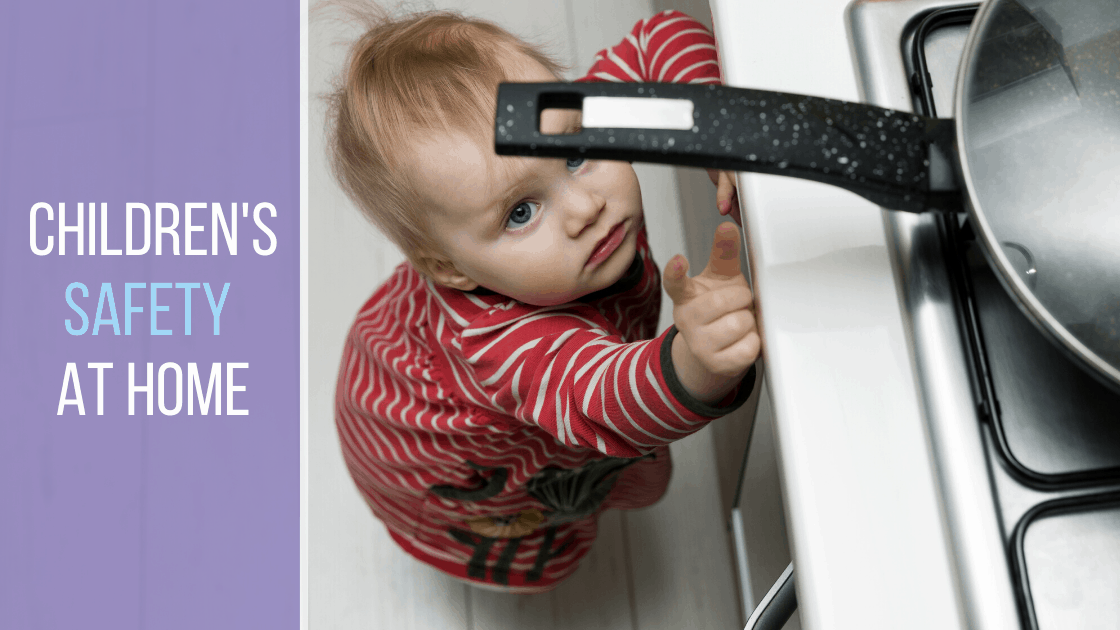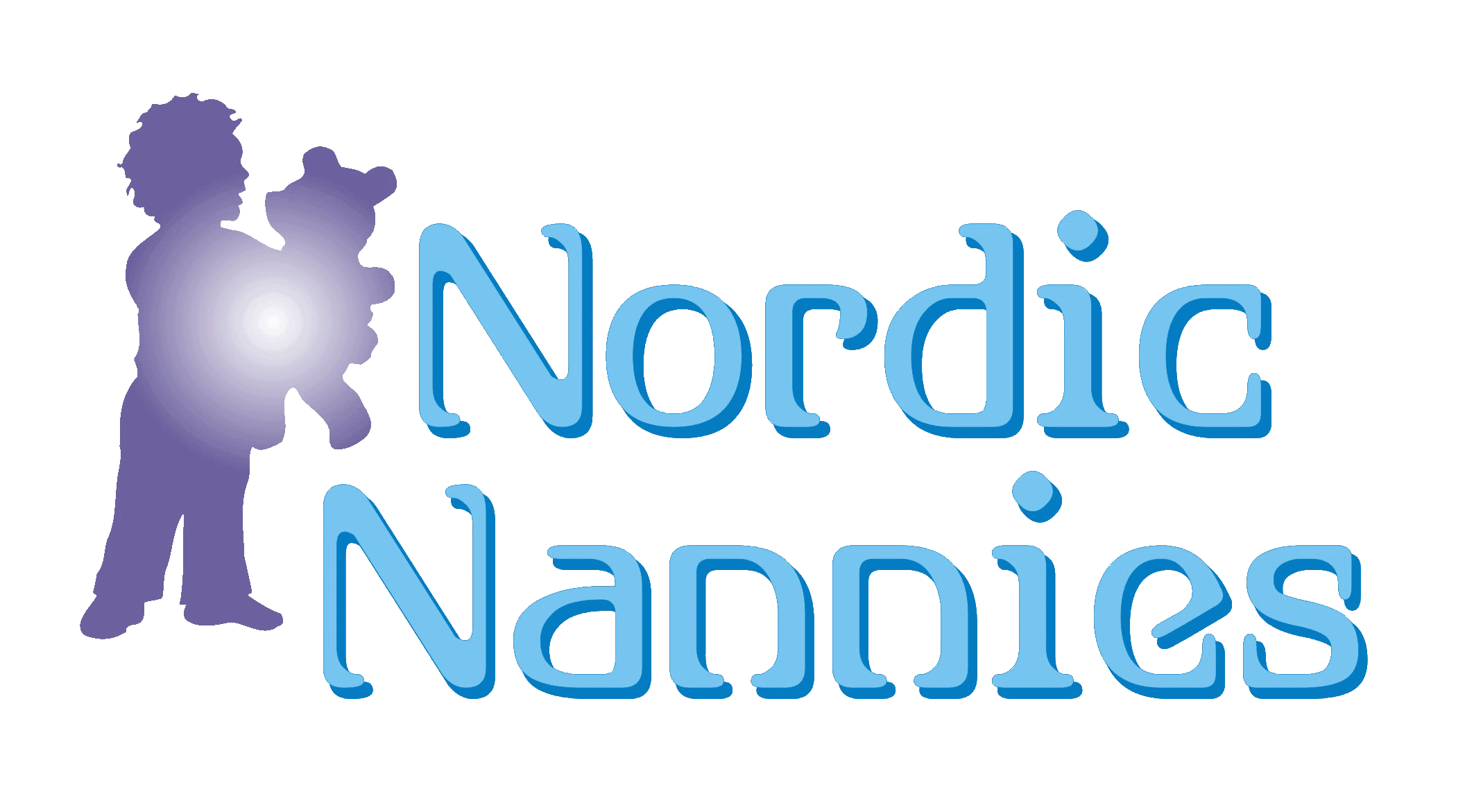
10 Jun Children's Safety at Home
Working in a private home is a lot of responsibility, especially when looking after children. When you start in a new role make sure you know the basics of safety in the home, for example, the location of a fire extinguisher or blanket, power switch, water switch, and a first aid kit. It is vital to learn about children’s safety at home.
Important Phone Numbers
It is essential to know the country’s emergency number (112 in most European countries). Other important numbers include children’s doctor, emergency centre and poison information centre. Make sure that you also have phone numbers of family members, friends and neighbours who can possibly help in an emergency.
Risk Assessment
It is also a good idea to do a child safety at home risk assessment to make sure the home is safe. Go through the whole house and write down any safety hazards and discuss with the parents how to manage these potential risks. It is also important for you that the home where you work is safe.
Children’s Safety Tips for Child Carers
Your main responsibility as a child carer is children’s safety! Adult supervision is the best way to prevent accidents. You should never leave children unattended. Do not get distracted by phone calls or messages, even when work-related. We recommend that you refrain from personal use of your phone whilst you work.
When working with babies and toddlers, you will need to be extra careful and take them with you anywhere you go in the house, also to the toilet. With older children make sure you know where they are and what they are doing.
If you have household chores to do whilst looking after children, you must still be able to supervise the children properly. Keep small children close to you by setting up an activity to keep them engaged whilst you do your chores or have children help you with your chores in an age-appropriate way. Get creative! You can have children learn colours and practice counting whilst folding laundry or you can teach them about different food items whilst you are cooking, for example.
Teaching children what is safe and what is not will also prevent some accidents. Introduce potential dangers in everyday conversations around the home.
We encourage all child carers to be trained in first aid and CPR. A valid first aid and CPR certificate is a requirement for all our nanny and governess candidates and we strongly recommend it for au pairs also.
Here is a short list of potential safety hazards child carers should be aware of in the home. We offer a more detailed list with how to safety-proof the home and to look out for potential dangers for all our candidates who are placed to work in private homes.
Potential Dangers for Children at Home
- Falls (the most common reason for children’s injuries)
- Stairs, balconies, windows, etc.
- Climbing on furniture etc.
- Chairs falling over
- House fire
- Burns and scalds
- Oven, cooker, an iron, etc.
- Fireplace
- Hot drinks
- Baths with water that is too hot
- Strangulation, suffocation, and drowning
- Water – pool, pond, bath, bucket, toilet, etc.
- Foods, esp, for babies and toddlers
- Bags, boxes, chords, small parts in toys, etc.
- Practice safe sleeping!
- Poisoning
- Chemicals
- Medicines
- Carbon monoxide
- Batteries
- Allergic reactions
- Electrocution
- Cuts
- Sharp objects
- Glass
- Injuries from furniture or other heavy items falling on children or children bumping into sharp corners of a table, for example

No Comments